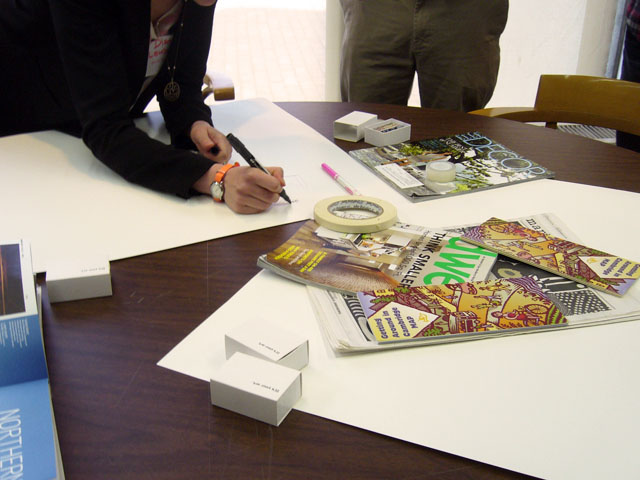Hi, it’s Andrew. Welcome to my virtual home. I’m currently in the process of defining where this blog and webspace will go, but I know it will explore some of my greatest passions: urban planning, community development, design for the public realm, theme parks, LGBT equality, and marketing and branding. If you know me, you probably know that my writing and my thoughts can be random and very tangential (at best), so this will first and foremost serve as a space for exploring the things that jump into my head. If that sounds like something you can stomach, then please come along for the ride!
While you’re reading this, I encourage you to leave a comment or to meet up with me on any of the other channels where I sometimes lurk (see the Links to your left). Tell me what you would like me to write about, or that you think I’m totally wrong, or that my work is a stroke of genius (I don’t buy it, but thanks anyway!). I’ve also got a few other tabs up there at the top, where you can see some of my planning and design work (Portfolio) and check out my CV. As always, ask any questions, and feel free to contact me by e-mail at any time. Cheers!
Andrew

